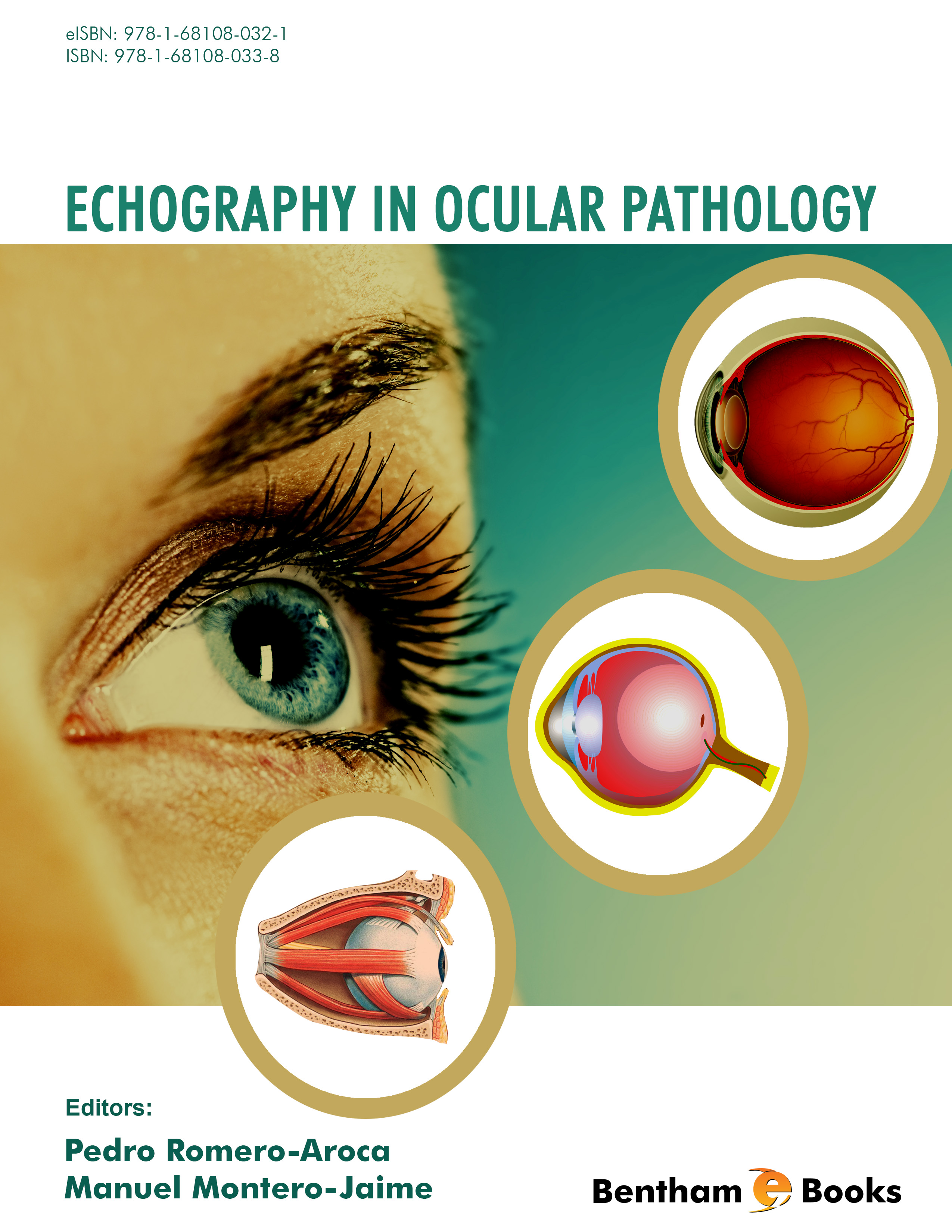Introduction
This monograph expands on the ultrasound exploration of the ocular globe (or, in other words, the human eye) with a review of the current knowledge about ocular ultrasound techniques and its indications in ophthalmic pathology. Ocular echography has only been recently studied in greater detail by ophthalmologists thanks to new imaging techniques such as optical coherence tomography [OCT] and scanning lasers, which have become the preference in ocular exploration, relegating ultrasound to cases with poor fundus visualization. New ultrasound equipment with multi-frequency linear probes between 15 to 18 MHz, also permits technicians to observe ocular structures with greater detail. A key aspect of ultrasound is its dynamic capability, which allows assessing the displacement of intraocular structures and their relation to the different eye layers. This is crucial in diagnosing retina pathologies that can affect the outcome of cataract surgery. Ocular echography is also an excellent option to determine retinal lesions in cases of ocular tumors (choroid melanoma) as it is also a differential diagnosis for other tumors (metastasic tumors or hemangiomas). The book also includes a chapter on the use of Color-Doppler ocular examinations in the diagnosis of ocular vasculopathies (arterial or venous occlusions).
Echography in Ocular Pathology
empowers readers – ophthalmologists and clinical technicians – with the knowledge to diagnose different eye pathologies and thus ameliorate ophthalmic patient management.

